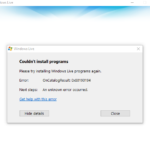How to factory reset Windows 10 without knowing the password

If for any reason you need to reset your Windows 10 computer to factory settings there is an easy way to do it without using a disk or USB as its commonly the norm. Please note that using this procedure you will lose all data saved on the computer’s hard drive. Your computer will be reset to Windows 10 fresh…
How to enable SSH on Windows 10 command prompt
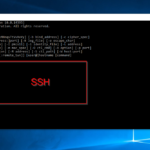
<update> Windows 10 now supports SSH natively. To enable the feature in Windows 10 ( still in Beta ) go to “Manage optional features” in your Start Menu, and then click on on “Add a feature”: scroll to the bottom, and then select “OpenSSH Client ( Beta )” and then click on Install: wait for a few seconds, and…
Setting up fingerprint sign-in on Windows 10

Setting up fingerprint reading in Windows 10 is much easier than any other method I’ve tried in the past. if your computer supports fingerprint reading, and you are using Windows 10 then follow this step by step guide on how to set it up. click on the Start menu, and then search for “Setup fingerprint sign-in” Setting up a PIN…
Getting Started With Windows 10 – The Beginner Definitive Guide
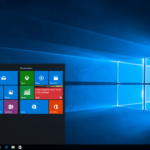
Even though Microsoft released Windows 10 more than a year ago to the general public, its adoption rate has been very low especially at the workplace. Based on the latest trend reports Windows 7 is the most popular Windows operating system still. Sooner or later people will have to make the jump to windows 10 though, vendors are not selling…
How to stop Microsoft Edge from opening PDF files in Windows 10
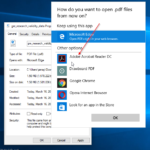
Microsoft Edge is somehow the default application for opening PDF files in Windows 10 regardless if you install Adobe Reader or not. If you would like to set Windows 10 to open PDF files in Adobe Reader instead then make sure you have Adobe Reader installed ( you can get it from this link if you don’t have it yet)…
how to increase the font size on menus in Windows 10
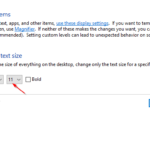
If the menu font size appear too small in Windows 10 for you, here is a quick way to change it. Up until now I’ve been just customizing the display for people that have asked me how to resize the fonts on their computer because the text appears too small: But doing that will also decrease the solution on your…
Do you need an Antivirus in Windows 10?
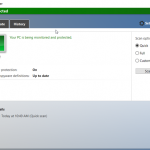
I haven’t used or even thought about installing an antivirus in a computer for a long time. I’ve been using Linux on my computer for such a long time that I forgot about Antiviruses completely. Linux is a wonderful operating system, but working in a company where Microsoft dominate almost the entire desktop/server environment is very hard to coexist. I’ve…
How to edit the Hosts file in Windows 10
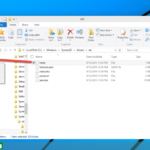
There are times when you want to change where a certain domain URL points to without making changes to your private or public DNS server. The easiest way to do that is using the hosts file in Windows 10 and other operating systems. Short History of Hosts file Before 1984 there were no domain name systems ( DNS) so the…
Install Hyper-V hypervisor in Windows 10
Most people use VirtualBox to run VMs on their computers, and I believe VirtualBox is still a good way of doing it, but if you are using Windows 10 then you have the option of installing Hyper-V hypervisor to run VMs as well. I’m surprised this feature is built-in on Windows 10, and is very easy to install it without…
